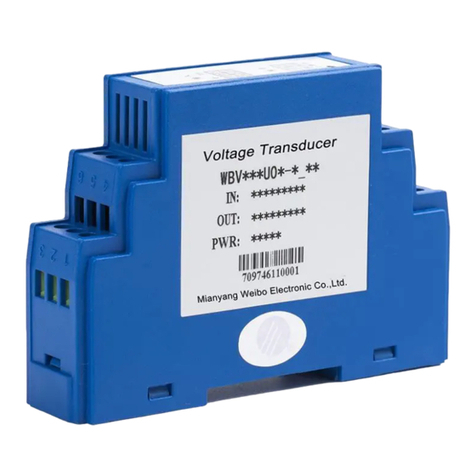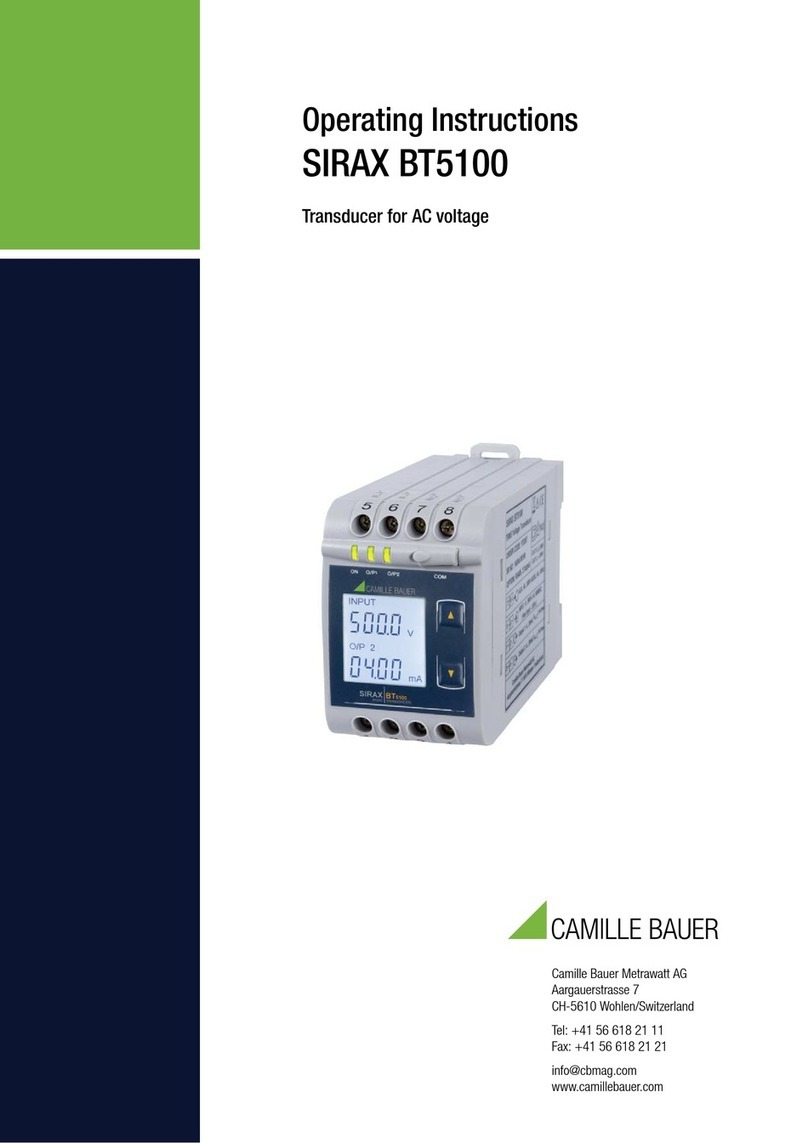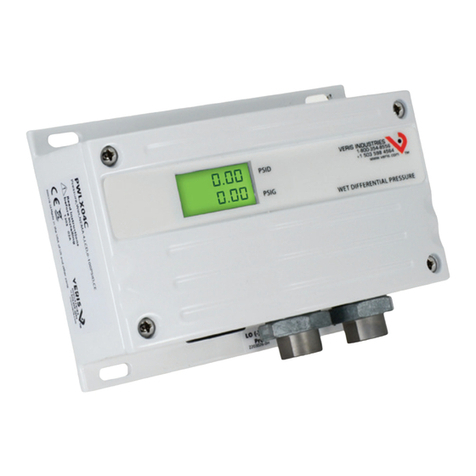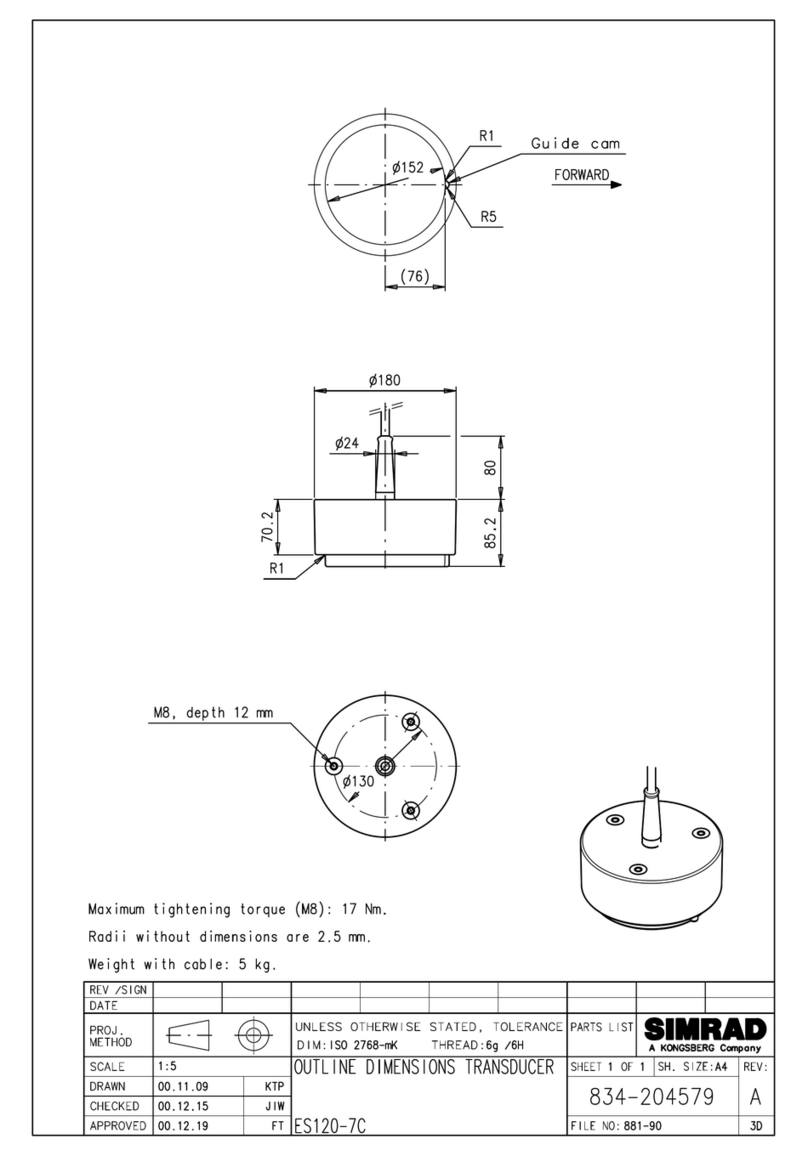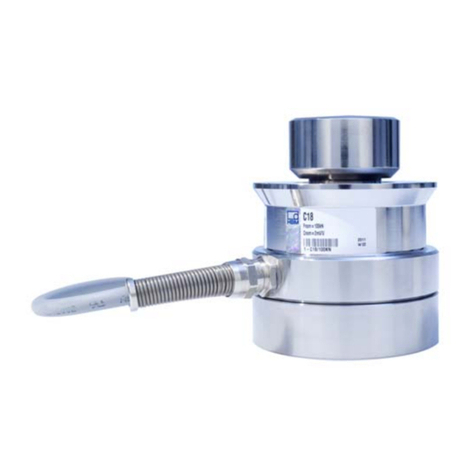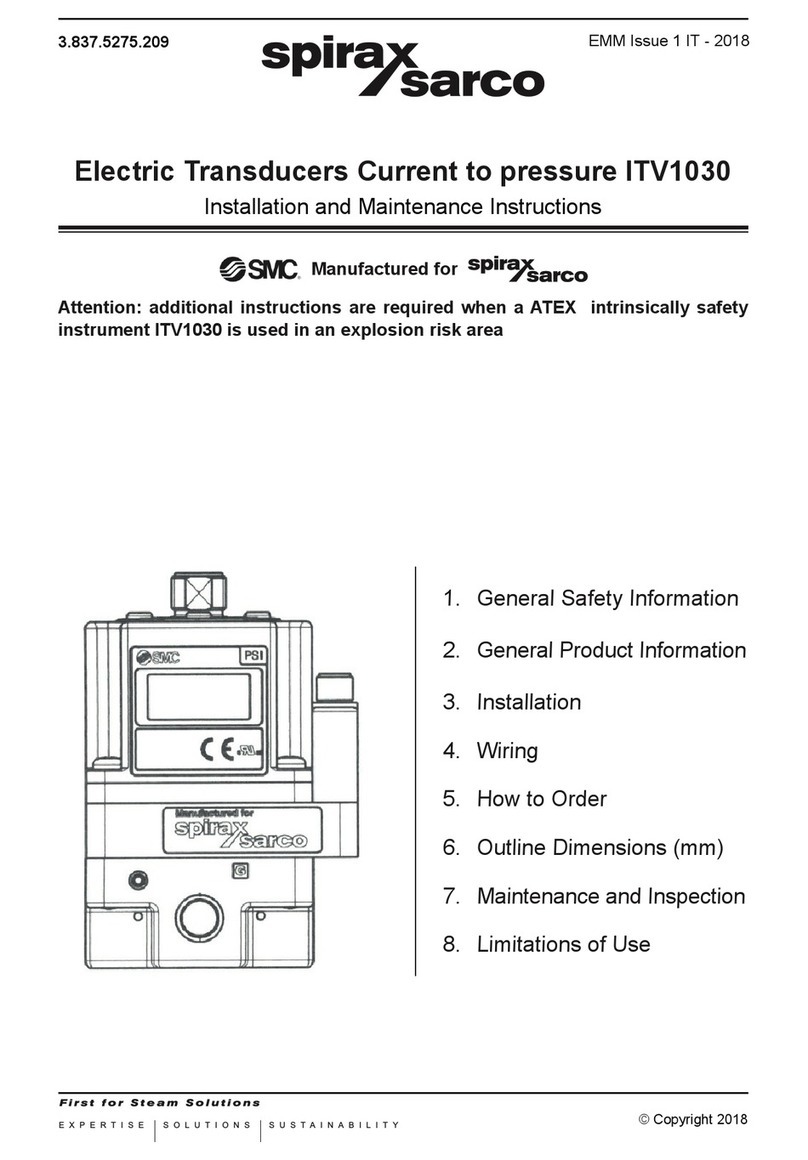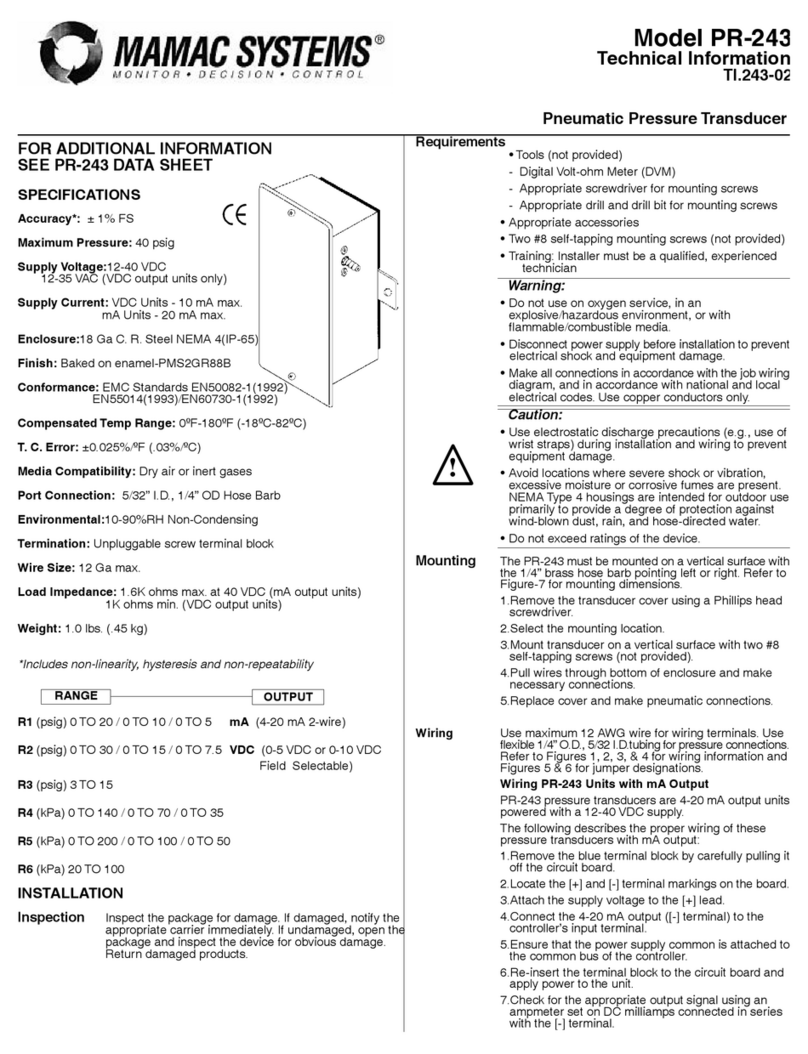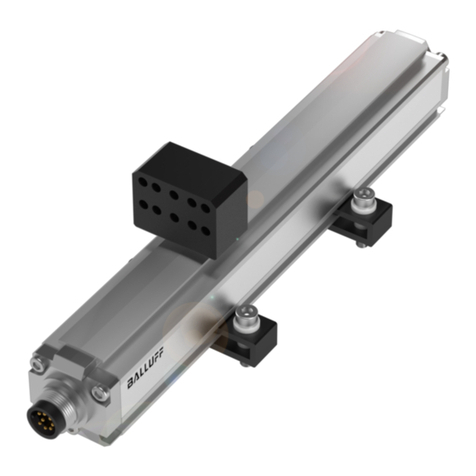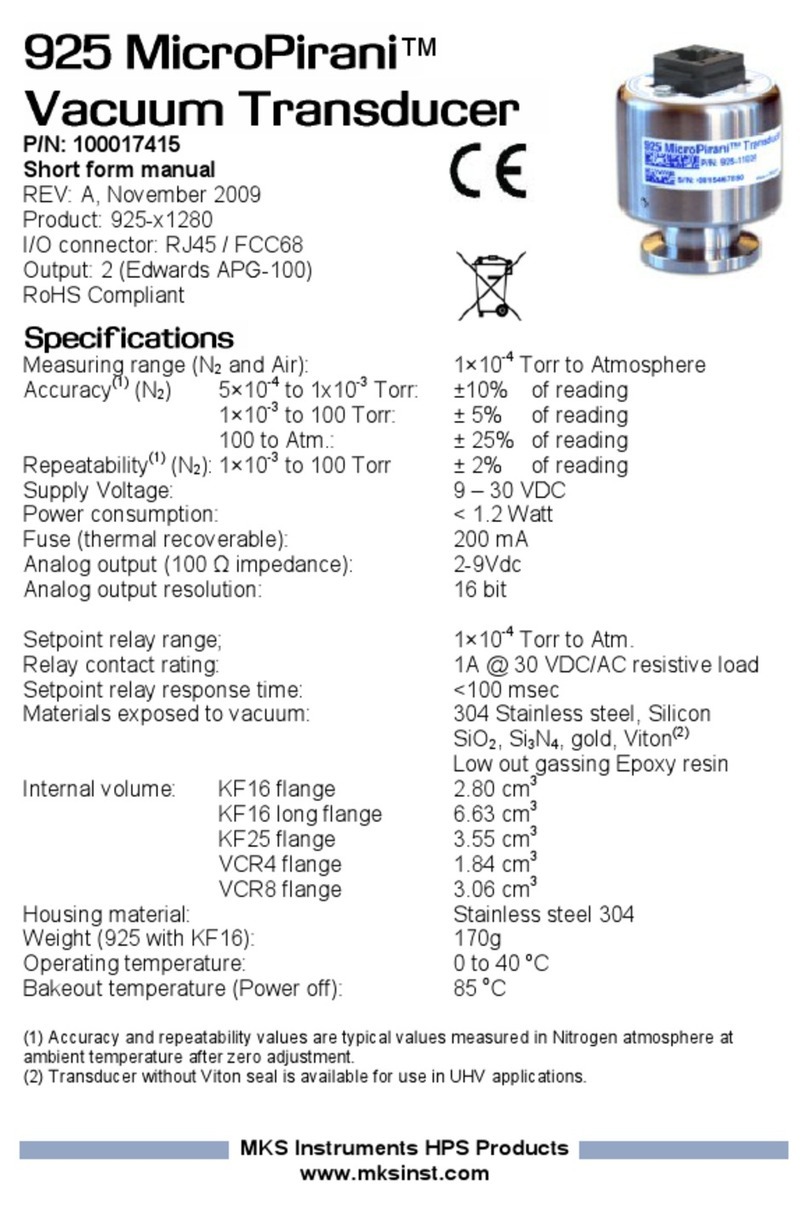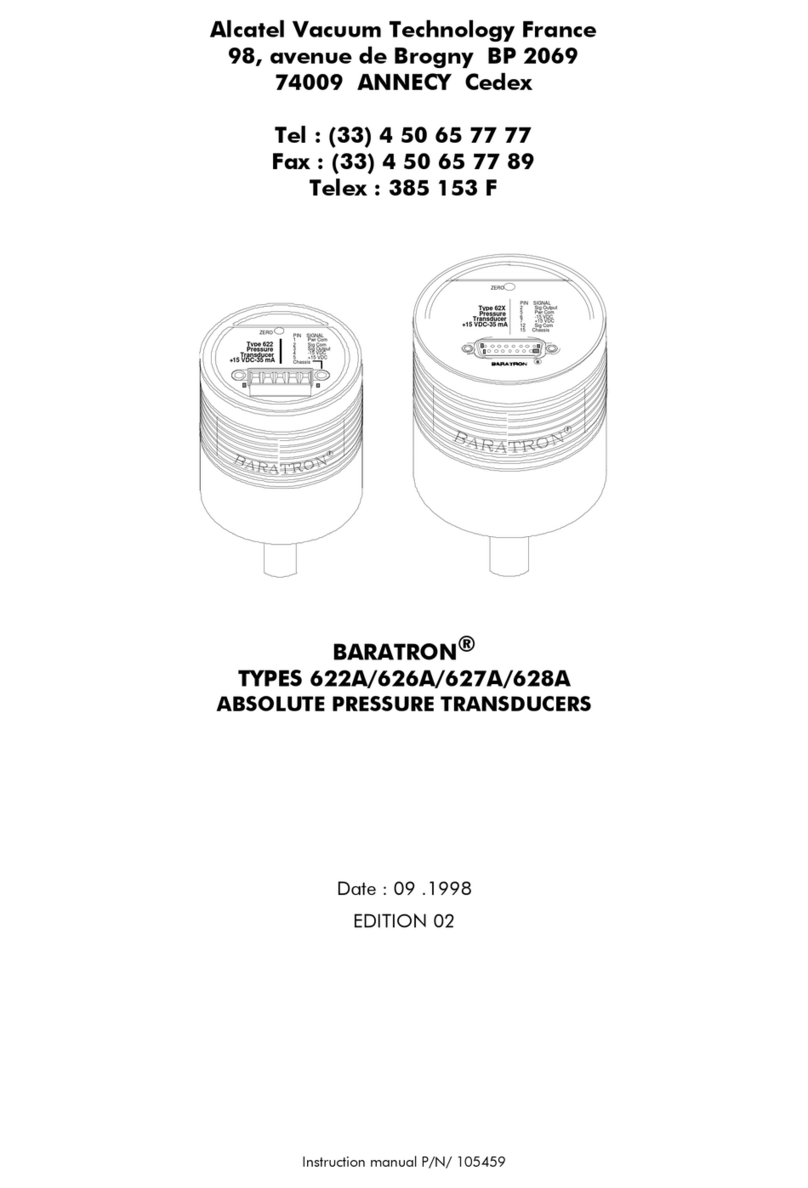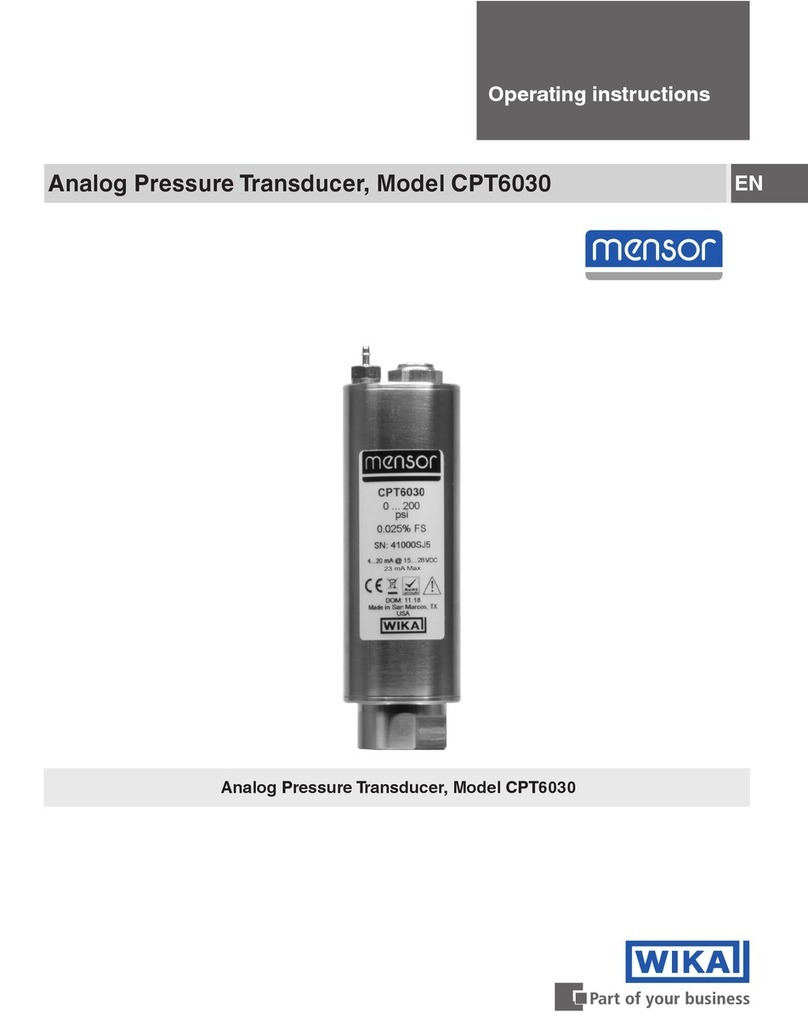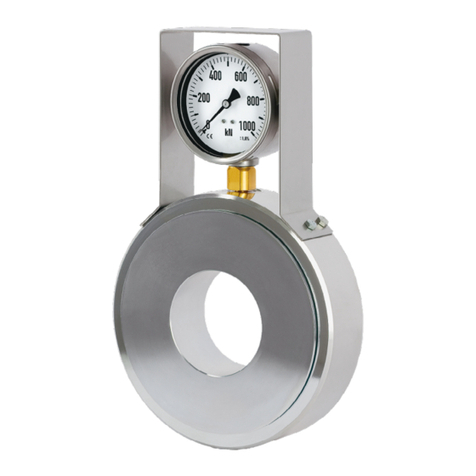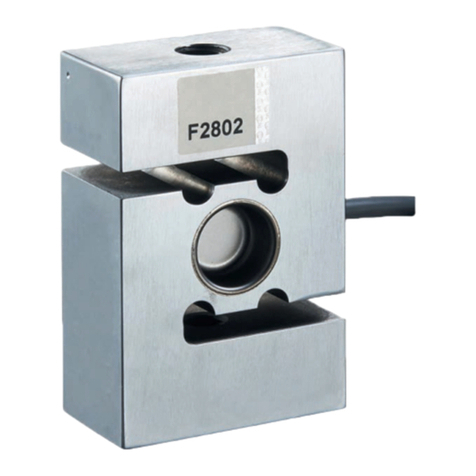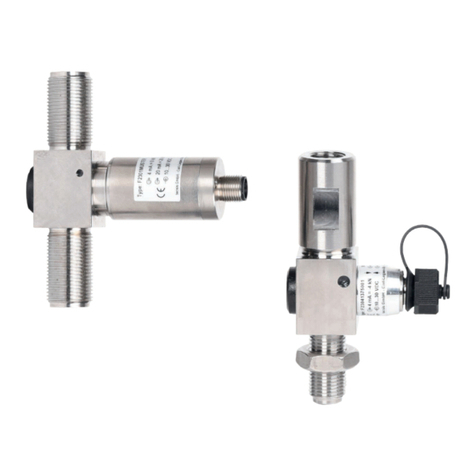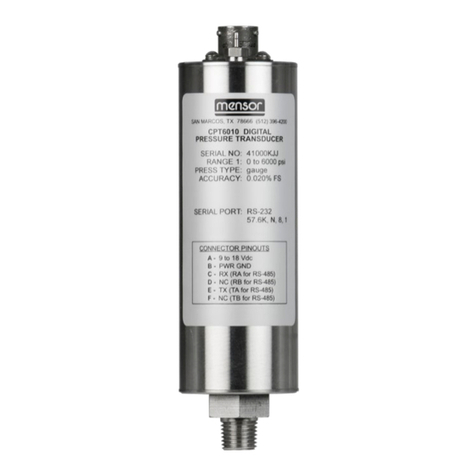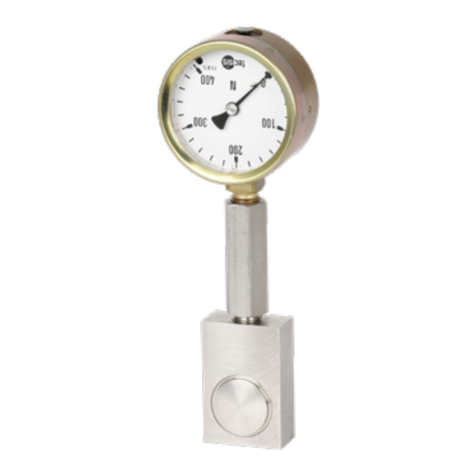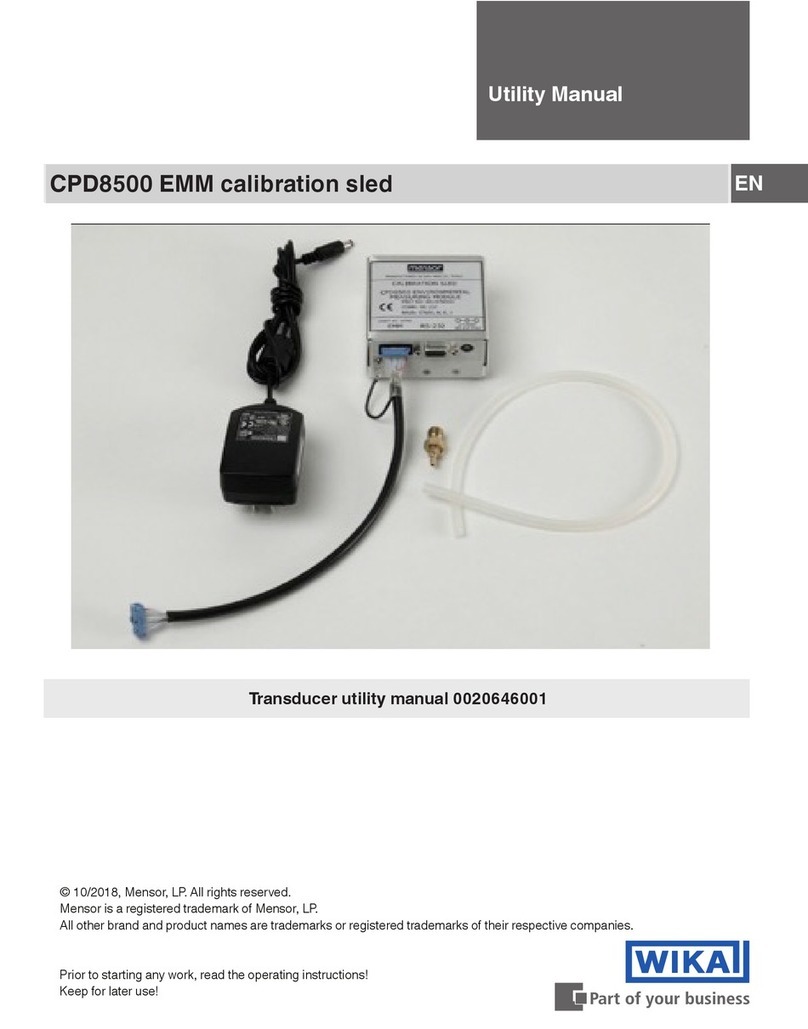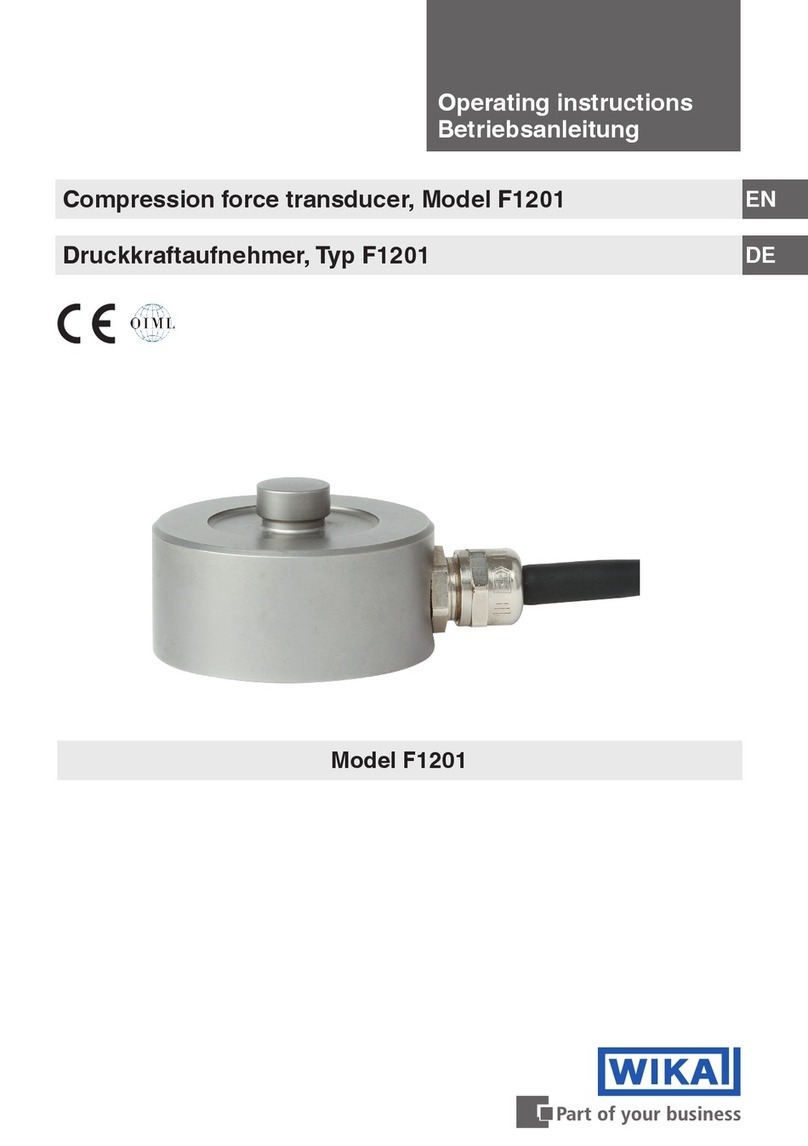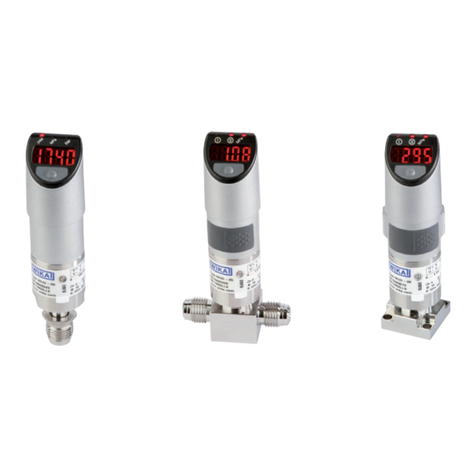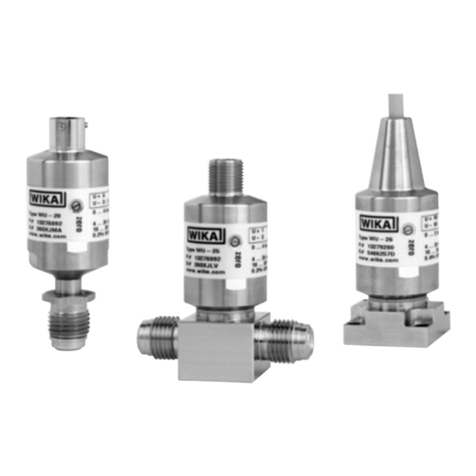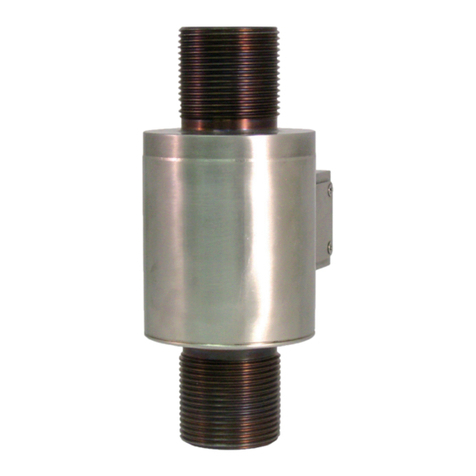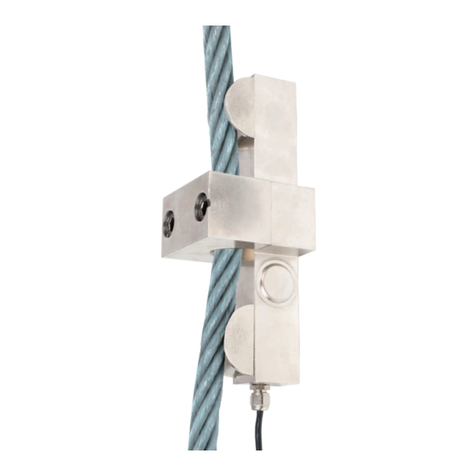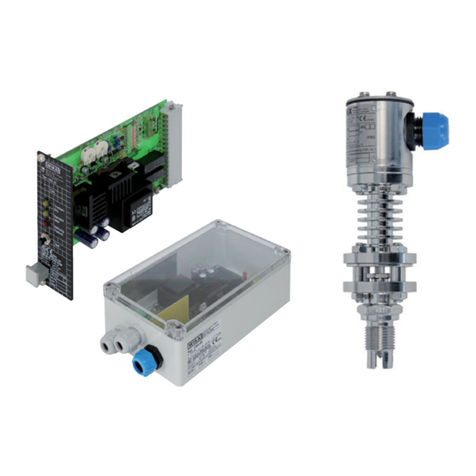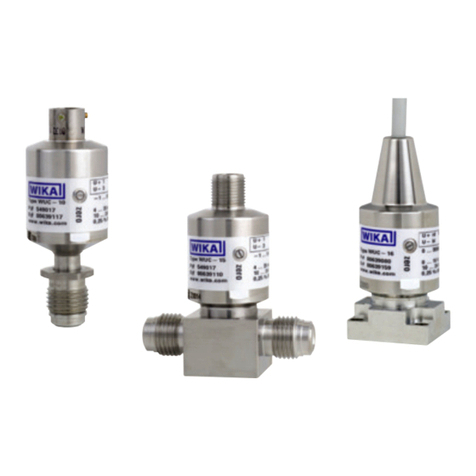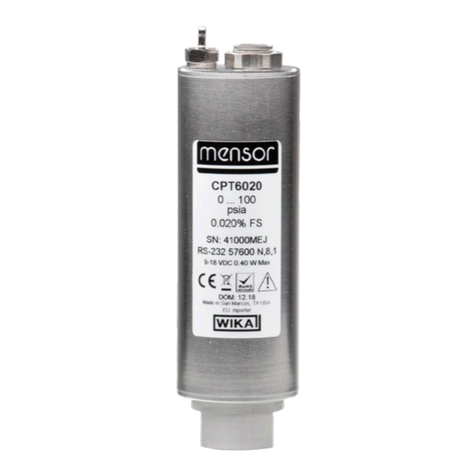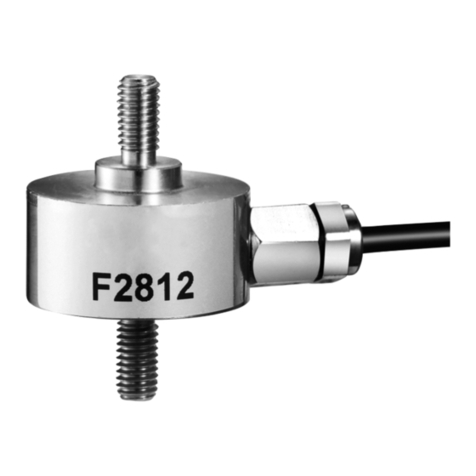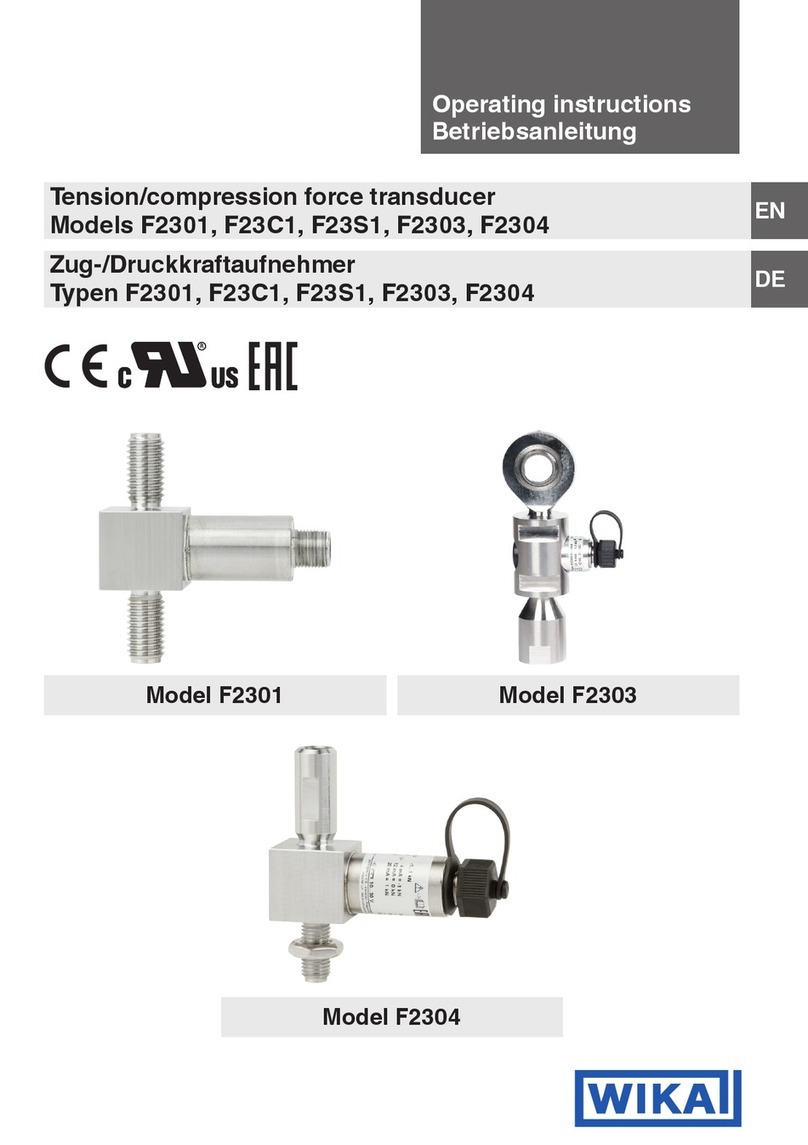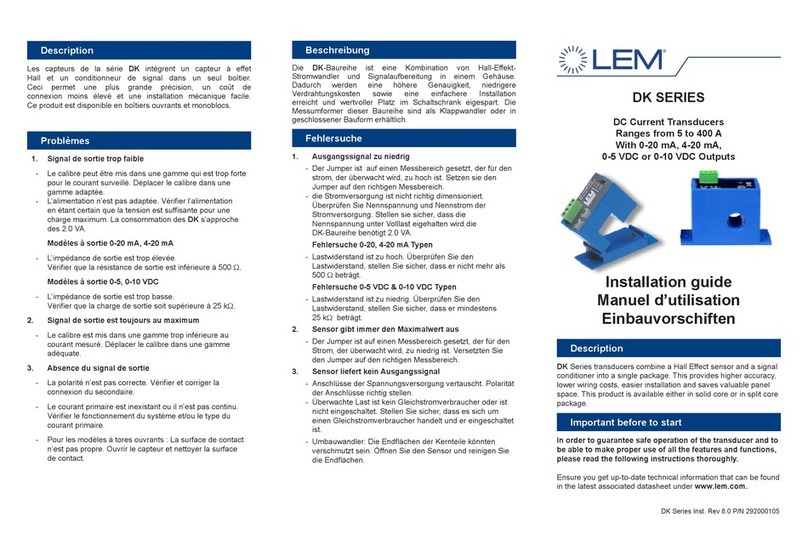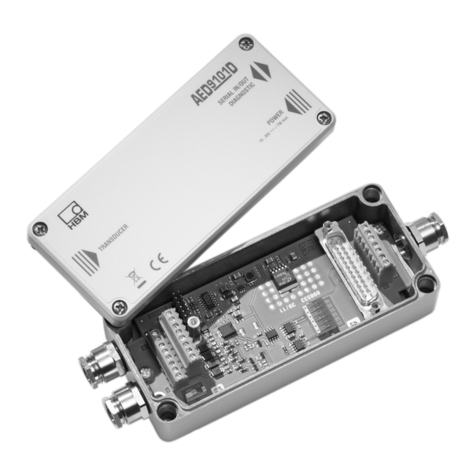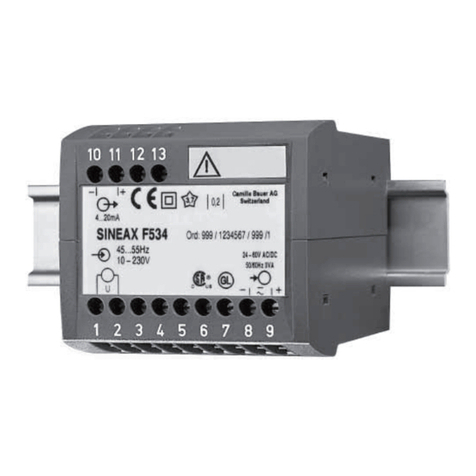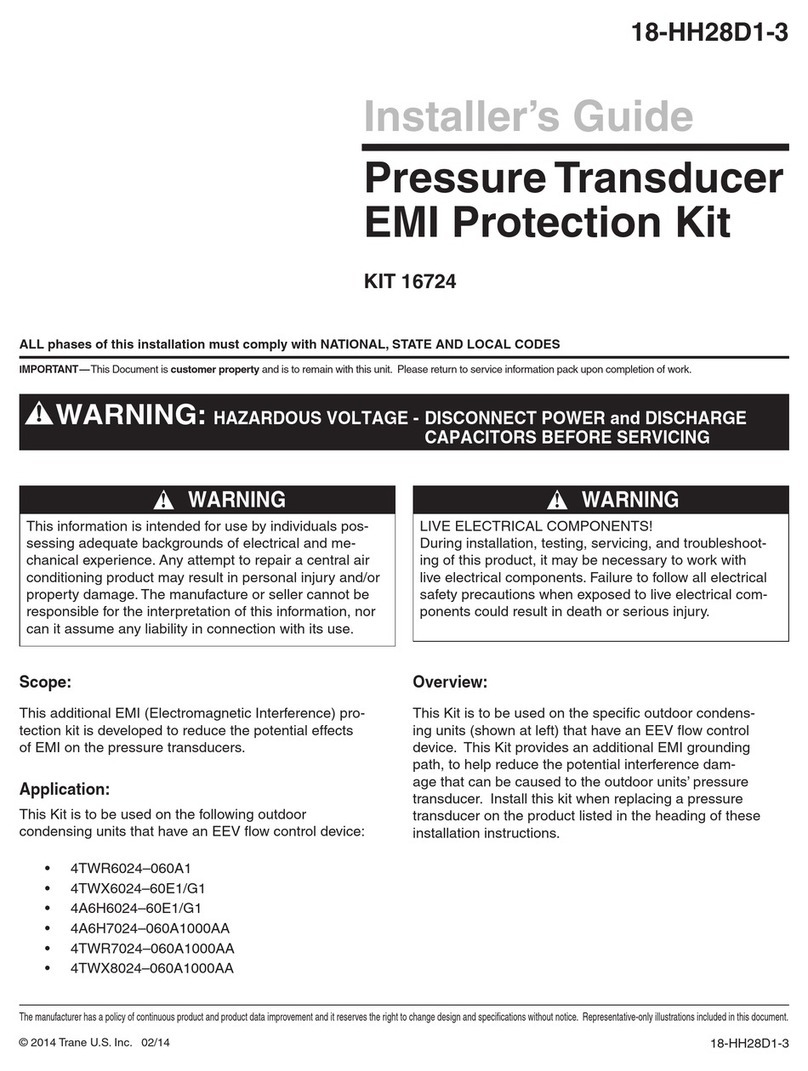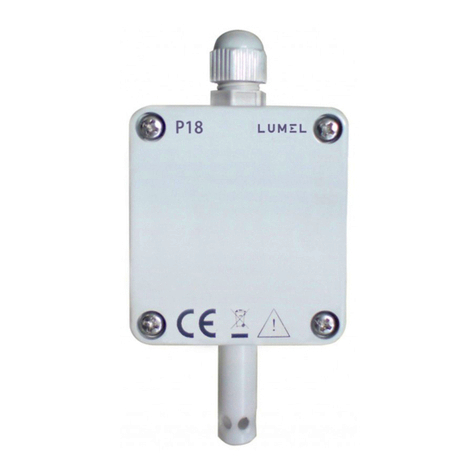
3WIKA operating instructions, models
F2301, F23C1, F23S1, F2303, F2304
79106223.02 04/2023 EN/DE
EN
Contents
Contents
1. General information 4
2. Design and function 5
2.1 Overview F2301, F23C1, F23S1 . . . . . . . . . . . . . . . . 5
2.2 Overview model F2303 . . . . . . . . . . . . . . . . . . . 6
2.3 Overview model F2304 . . . . . . . . . . . . . . . . . . . 6
2.4 Description . . . . . . . . . . . . . . . . . . . . . . . 7
2.5 Scope of delivery . . . . . . . . . . . . . . . . . . . . . 7
3. Safety 7
3.1 Explanation of symbols . . . . . . . . . . . . . . . . . . . 7
3.2 Intended use . . . . . . . . . . . . . . . . . . . . . . . 8
3.3 Improper use . . . . . . . . . . . . . . . . . . . . . . . 9
3.4 Responsibility of the operator . . . . . . . . . . . . . . . . . 10
3.5 Personnel qualification. . . . . . . . . . . . . . . . . . . . 10
3.6 Personal protective equipment . . . . . . . . . . . . . . . . . 11
3.7 Labelling, safety marks . . . . . . . . . . . . . . . . . . . 11
3.8 Signal jump electronics . . . . . . . . . . . . . . . . . . . 12
3.9 RoHS evaluation. . . . . . . . . . . . . . . . . . . . . . 12
4. Transport, packaging and storage 13
4.1 Transport . . . . . . . . . . . . . . . . . . . . . . . . 13
4.2 Packaging and storage . . . . . . . . . . . . . . . . . . . 13
5. Commissioning, operation 14
5.1 Precautions before mounting . . . . . . . . . . . . . . . . . 14
5.2 Mounting instructions . . . . . . . . . . . . . . . . . . . . 14
5.3 Mounting of models F2301, F23C1 and F23S1 . . . . . . . . . . . 15
5.4 Mounting of models F2301, F23C1 and F23S1 with swivel heads . . . . . 16
5.5 Mounting of model F2303 . . . . . . . . . . . . . . . . . . 17
5.6 Mounting of model F2304 . . . . . . . . . . . . . . . . . . 18
5.7 Electrical connection . . . . . . . . . . . . . . . . . . . . 19
5.8 Electrical connection hazardous area. . . . . . . . . . . . . . . 22
6. Faults 23
7. Maintenance and cleaning 24
7.1 Maintenance . . . . . . . . . . . . . . . . . . . . . . . 24
7.2 Cleaning . . . . . . . . . . . . . . . . . . . . . . . . 24
7.3 Recalibration . . . . . . . . . . . . . . . . . . . . . . . 24
8. Dismounting, return and disposal 25
8.1 Dismounting . . . . . . . . . . . . . . . . . . . . . . . 25
8.2 Return . . . . . . . . . . . . . . . . . . . . . . . . . 25
8.3 Disposal . . . . . . . . . . . . . . . . . . . . . . . . 25
9. Specications 26
9.1 Approvals . . . . . . . . . . . . . . . . . . . . . . . . 32
10. Accessories 44
10.1 Cable . . . . . . . . . . . . . . . . . . . . . . . . . 44
10.2 Swivel heads . . . . . . . . . . . . . . . . . . . . . . . 44
Appendix: EU declaration of conformity 46
